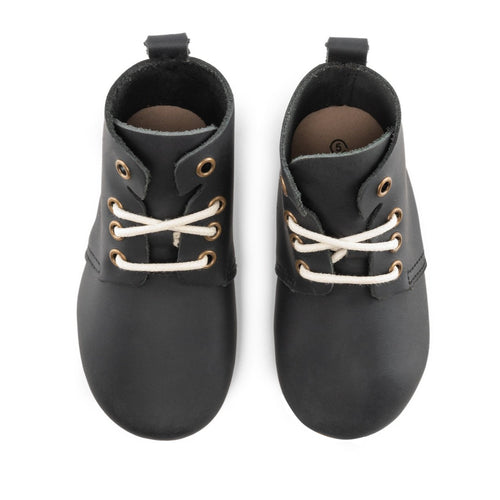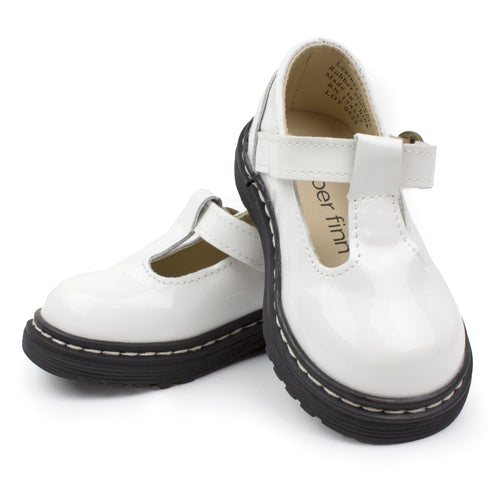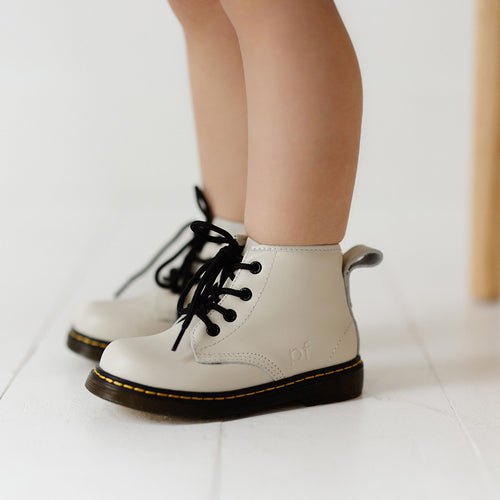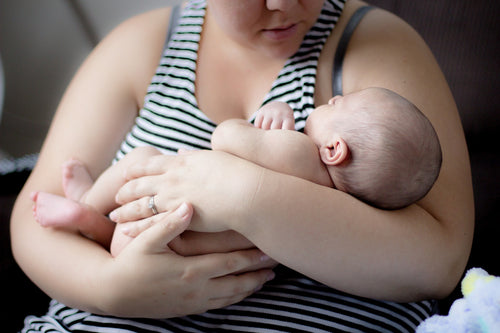Toddlers, typically between 1 and 3 years old, are in a critical developmental stage as they learn to navigate the world and express their independence. As a parent, fostering a strong and positive relationship with your toddler during this phase will impact their growth and development in the long run. One approach that resonates well with this stage is positive parenting or gentle parenting for toddlers.
This parenting style emphasizes understanding, empathy, and communication for building strong parent-child bonds. In today’s Piper Finn blog post, we’ll explore positive parenting and how to create a strong parent-child bond with your toddler.
What is Positive Parenting?
Positive parenting is a strategy that focuses on understanding a child’s perspective and feelings while setting clear boundaries and expectations. It advocates nurturing a child’s emotional well-being and self-esteem through positive reinforcement, validation, and constructive guidance.
When applied to toddlers, positive parenting involves acknowledging their emerging sense of independence and allowing them to explore within safe limits. It encourages gentle discipline strategies that prioritize teaching and learning over punishment, aiming to foster cooperation and understanding rather than fear or resentment.
Gentle Parenting for Toddlers: A Compassionate Approach
Gentle parenting is a subset of positive parenting emphasizing respectful communication, understanding, and empathy. With toddlers, this approach involves recognizing and acknowledging their emotions, needs and desires gently and compassionately. Here are some essential principles of gentle parenting for toddlers:
1. Empathy and Understanding
Gentle parenting starts with putting yourself in your toddler’s shoes, understanding their perspective, and acknowledging their feelings. This empathetic approach helps build trust and strengthens the parent-child bond.
2. Effective Communication
Clear and effective communication is vital in gentle parenting. Explain your expectations and the reasons behind them in a simple and understandable way for your toddler. Encourage dialogue and listen actively to what your child has to say.
3. Positive Reinforcement
Celebrate your toddler’s accomplishments and efforts, no matter how small. Encourage their positive behavior with praise and affection. This positive reinforcement encourages a child to continue making good choices.
4. Redirecting Behavior
Instead of scolding or punishing, gently redirect your toddler’s behavior toward a more appropriate activity. Offer alternatives and guide them in understanding what is acceptable behavior.
5. Time-In Instead of Time-Out
When a child is upset or behaving inappropriately, provide a “time-in” where you stay close and offer comfort and reassurance. This approach helps the child regulate their emotions and teaches them appropriate ways to handle their feelings.
How Positive Parenting Helps in Building Strong Parent-Child Bonds
Positive parenting shapes a child’s behavior and nurtures a strong and enduring parent-child relationship. Studies show that positive parenting is crucial for shaping your child’s trajectories of health and well-being over their life span. Here’s how it achieves this goal:
1. Trust and Mutual Respect
Understanding your child’s perspective and treating them with empathy establishes a foundation of trust and mutual respect. It fosters a sense of security and attachment in the parent-child relationship.
2. Open Communication
Positive parenting encourages open communication where your child feels comfortable expressing their thoughts, feelings, and concerns. This open dialogue builds a strong emotional connection between you and your toddler.
3. Emotional Regulation
Teaching emotional regulation through positive parenting helps your toddler understand their emotions and cope with them effectively. When you guide them through their emotional experiences with love and understanding, they learn to trust you and feel safe in your presence.
4. Modeling Behavior
Your actions and behaviors as a parent set an example for your child. When you use gentle parenting techniques, you model the behavior you wish to see in them, reinforcing a positive and respectful approach to relationships.
5. Quality Time
Implementing positive parenting means spending quality time with your toddler and engaging in activities that foster bonding and understanding. This shared time creates cherished memories and strengthens your parent-child bond.
Final Thoughts
Positive parenting, especially gentle parenting for toddlers, offers a compassionate and effective way to build a strong parent-child relationship. By focusing on understanding, empathy, and effective communication, this approach nurtures your toddler’s growth and development and paves the way for a lifelong bond based on trust, respect, and love. Remember, positive parenting begins with embracing your toddler’s unique needs and emotions to foster a relationship that will impact them positively as they grow.

















